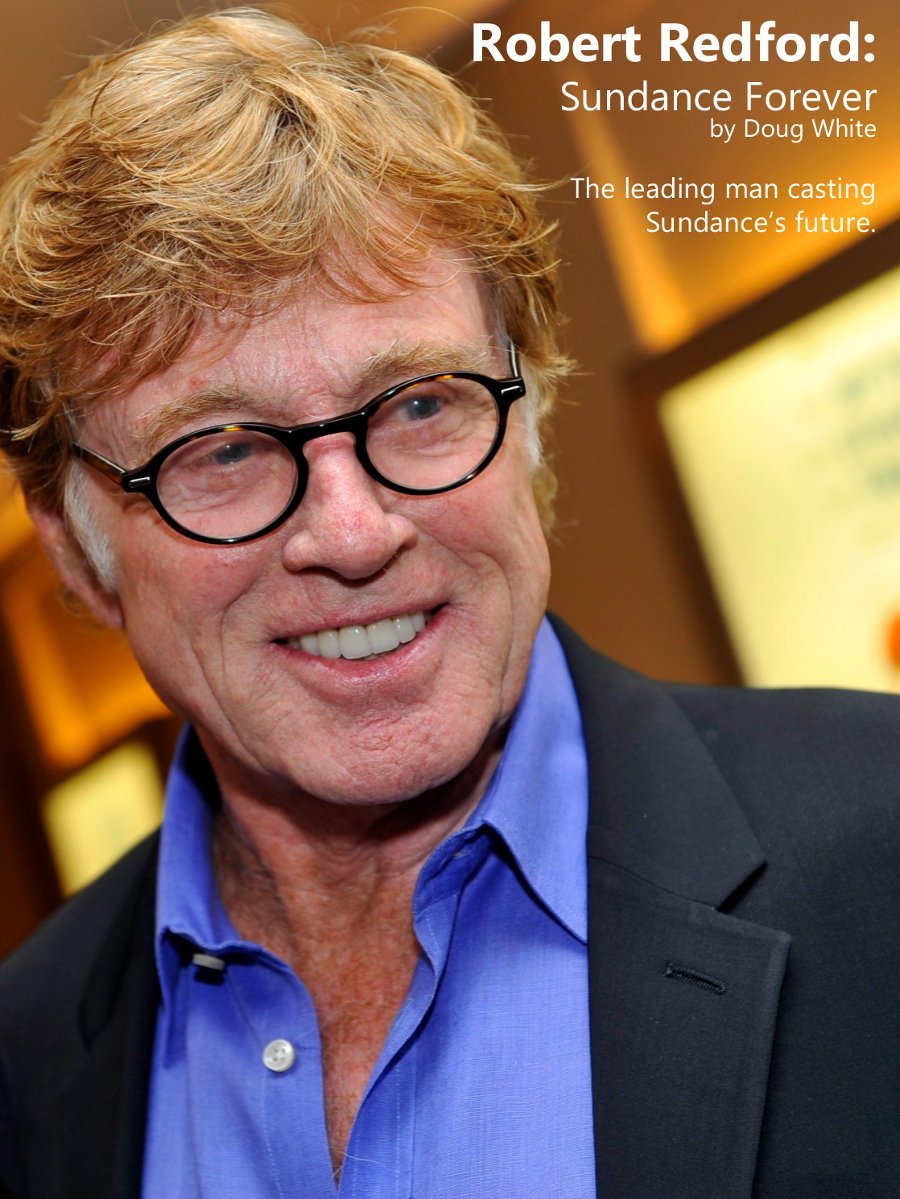



Snowbound Buffalo, NY, would seem to be an unlikely venue for anyone—let alone an internationally-acclaimed movie star—to find his life’s inspiration. But it was there, stranded in a family-style Italian restaurant in 1970, that Robert Redford—fresh from the success of Butch Cassidy and the Sundance Kid—learned that Hollywood was giving up Downhill Racer, a movie that only the critics loved. Redford, who starred in the film, was told to “let it go.”
Redford is a serious person. He loathes his handsome leading-man stereotype and, despite an iffy academic record—he was asked to leave the University of Colorado after he hosted a few drunken parties—he is articulate and thoughtful in interviews. One way to get a sense of him is to study the roles to which he has drawn. They are usually loners with heart, people who fight against the system. He once said, perhaps with some irony, that Downhill Racer was to have been the first of a trilogy about “the American mythology of success.” (The film has now entered the pantheon of American classics, and Redford’s own performance is widely praised.) The title of his 2013 movie, All is Lost, in which he is adrift on the Indian Ocean, silent and alone, says it all.
So it was typical of Redford to start thinking about what he could do to foster independent movies, which tend to be “D.O.A. in the world of Hollywood studios,” as he once observed. In 1981 he created the nonprofit Sundance Institute in Park City, Utah, an incubator for ideas that would never make it within the rigid formulas of the big studios. Since then, the Sundance Film Festival has become the premier outlet for high-quality independent films—and Redford the behind-the-scenes wizard who works its magic.
Although it isn’t a mega-charity, Sundance is substantial. It raises about $16 million every year and has an annual budget of almost $30 million, assets of about $38 million, and a $16 million endowment. It also stays true to its mission, to help the little guy (or gal)—a goal that Redford also helps achieve through the Sundance television channel for independent film and even the Sundance Catalog, whose sales of American crafts helps support new artists. In fact, in an era when many charities are searching for ways to grow and make better use of social media, Redford has publicly worried that the Sundance Film Festival, the most recognized of the institute’s programs, is getting too large and commercial.

Inevitably, Redford’s causes have infiltrated many of his movies. As the producer of The Motorcycle Diaries, a coming-of-age road movie about Che Guevera, he introduced Americans to some of the political and social issues of South America that shaped the revolutionary. He has also been an outspoken environmentalist, particularly for the Southwest (he has zealously protected from development the Utah property that he acquired nearly 50 years ago), and has promoted that cause through groups such as Greenpeace. Predictably, environmentalism has also found its way into some of the independent films and television programs in which he has played a role, either in front of or behind the camera.
Despite going down in a hail of bullets, it seems, the Sundance Kid may live forever.